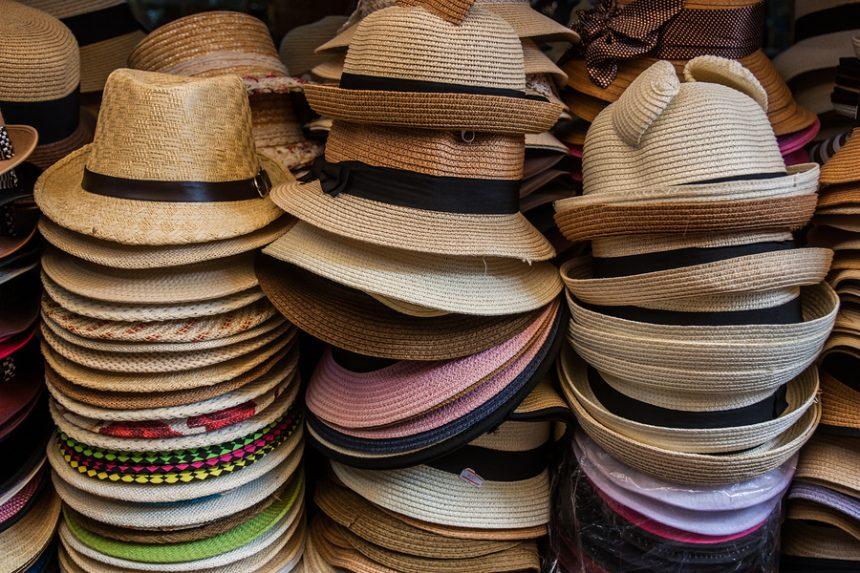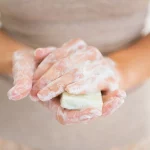Hats have been a part of human fashion and culture for centuries, with the first known hat dating back to 3000 BC. Throughout the years, they have evolved from a mere functional accessory to a statement piece. Whether it’s a cowboy hat, a fedora, or a top hat, hats have been used to express oneself, create a look, add flair, and make a statement. From the ancient Egyptians’ headgear to the pillbox hats of the 1950s, hats have been a part of fashion for centuries and are a timeless accessory. They’ve been worn by both men and women, to add a touch of elegance to a look, to protect from the elements, or to show off one’s style. From the humble beginnings of the felt hat to the extravagant headwear of today, hats have an interesting history that has withstood the test of time.
Overview of hats through history
Hats have been around for thousands of years, evolving from a functional piece of apparel to a statement piece of fashion. The earliest known hat was discovered in Egyptian tombs and dates back to 3000 BC. The ancient Egyptians used headgear as an adornment that was both functional and fashionable, with different headwear being worn at different times of the year. The headgear used in Ancient Greece and Rome was also used as a functional piece of clothing, with the main purpose of protecting the head and face from the sun’s rays, rain, and sand. The fashion of the time also put a heavy emphasis on headgear, with various styles of hats being worn depending on the occasion. During the Medieval period, hats were worn as a sign of rank and status, with only those of high standing being allowed to wear headgear. The hat was a way of displaying the wearer’s position in the social hierarchy, with the type of headgear being worn being dependent on the wearer’s social standing.
The hat was a fashionable accessory in the Renaissance
During the Renaissance, hats were worn as an accessory to complete a look, with one’s headwear being an indication of their wealth and societal status. It was during this time that the monarchs of Europe began to wear crowns, with different crowns being used for different functions. The crown was a way of visually displaying one’s status and authority, with a different crown being worn for different occasions. In the 18th and 19th centuries, hats were worn as a fashionable accessory, with the invention of the top hat being credited to the British. The top hat was designed to protect the wearer from the sun’s harmful rays while also being fashionable and stylish. The top hat was worn by both men and women and became a popular accessory in high society.
The rise of the industrial age and the hat industry
As the Industrial Revolution took hold, the hat industry boomed, with the creation of new machinery allowing for the mass production of hats. As a result, the cost of hats was reduced, allowing the general public to purchase them. During this time, the fedora was introduced, becoming the hat of choice for many people. The fedora is still worn today, with many modern styles being inspired by the headwear of the early 1900s.
The modern age and hats as a statement piece
As fashion continued to evolve throughout the 20th century, hats became a statement piece, with designers incorporating bold and extravagant styles into their collections. From the pillbox hats of the 1950s to the headwear of the 1990s that was considered to be grunge fashion, designers used hats as a way of adding their own unique touch to the industry, making a statement with each new collection. As fashion continued to evolve throughout the 21st century, hats became a statement piece, with designers creating bold and extravagant styles. The fedora is still worn today, with many modern styles being inspired by the headwear of the early 1900s.
Iconic hats throughout history
- The fez: The fez was first introduced in the 18th century, with it being worn by those in the Ottoman Empire and the Middle East. It became a popular fashion piece in the early 20th century and was worn by many celebrities and athletes. The fez was worn by the British Army as part of their uniform in the first half of the 20th century, with it also being worn by the American military as a garrison cap.
- Top hats: The top hat was first introduced during the 19th century, with it being worn by both men and women. It became a fashionable accessory in high society, with the top hat being worn by many celebrities throughout history. The top hat was designed as a functional piece of headwear and is still worn today, with many modern styles being inspired by the early styles of the 19th century.
- The fedora: The fedora was introduced in the early 1900s, with it being worn by many people, particularly those in law enforcement and in the military. The fedora is still worn today, with many modern styles being inspired by the early styles of the early 1900s.
- The fez: The fez was first introduced in the 18th century, with it being worn by those in the Ottoman Empire and the Middle East. It became a popular fashion piece in the early 20th century and was worn by many celebrities and athletes. The fez was worn by the British Army as part of their uniform in the first half of the 20th century, with it also being worn by the American military as a garrison cap.
- Top hats: The top hat was first introduced during the 19th century, with it being worn by both men and women. It became a fashionable accessory in high society, with the top hat being worn by many celebrities throughout history. The top hat was designed as a functional piece of headwear and is still worn today, with many modern styles being inspired by the early styles of the 19th century.
- The fedora: The fedora was introduced in the early 1900s, with it being worn by many people, particularly those in law enforcement and in the military. The fedora is still worn today, with many modern styles being inspired by the early styles of the early 1900s.
The power of hats and their significance in the culture
Throughout history, hats have been used to create a look, add flair, and make a statement. They’ve also been used to express oneself, protect from the elements, and show off one’s style. They’re a timeless accessory that has withstood the test of time and become a part of the culture. Whether it’s a cowboy hat, a fedora, or a top hat, hats have been used to express oneself, create a look, add flair, and make a statement. They’ve also been used to protect from the elements and to show off one’s style. Hats have become a timeless accessory that has withstood the test of time and become a part of the culture.




